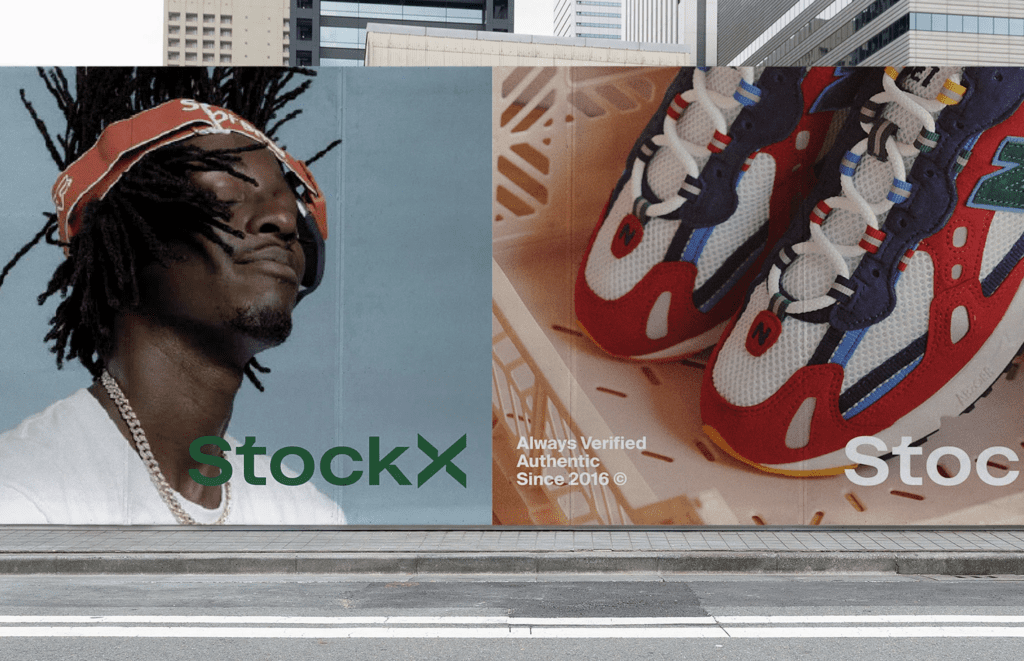Amazon did not manage to avoid placement on an official U.S. government intellectual property “black list” of bad actors. On the heels of formal urgings from an apparel and footwear industry trade group and in light of reports late last year that the Trump Administration was considering adding some of the foreign offshoots of Jeff Bezos’ e-commerce empire to the U.S. Trade Representative’s annual “Notorious Markets” report, a number of Amazon’s “foreign domains” are, in fact, name-checked on the an annual report that identifies “specific markets” across the globe that are “reported to be engaging in and facilitating substantial copyright piracy and trademark counterfeiting.”
After reportedly skirting placement on the U.S. Trade Representative (“USTR”)’s 2018 Review of Notorious Markets for Counterfeiting and Piracy, a handful of Amazon’s international e-commerce arms are specifically cited on the 2019 Review, which was released on Wednesday. In connection with its inclusion of Amazon’s platforms in Canada, the United Kingdom, Germany, France, and India, the USTR asserted that “submissions by right holders expressed concerns regarding the challenges related to combating counterfeits with respect to e-commerce platforms around the world.”
One submission, in particular, presumably from the American Apparel and Footwear Association (“AAFA”) – which formally called on the USTR late last year to include “amazon.co.uk (United Kingdom), amazon.ca (Canada), and amazon.de (Germany), amazon.fr (France) and amazon.in (India)” on its list – “highlighted examples of the challenges right holders face with alleged high levels of counterfeit goods on the [aforementioned Amazon] e-commerce platforms.”
(Responding to the AAFA’s October 1, 2019 letter to the USTR, Brian Huseman, Amazon’s Vice President of Public Policy, sent a letter of his own to the USTR, detailing Amazon’s approach to counterfeiting, and also accusing the AAFA of “conflating concerns about counterfeits with questions like the ‘unauthorized’ distribution of authentic products,” and thereby, undermining their “shared goal of combatting counterfeiting.”)
The USTR’s Review says that the government agency – which is tasked with developing and recommending U.S. trade policy conducting trade negotiations at bilateral and multilateral levels, and coordinating trade policy within the government – “did not request submissions on U.S. based e- commerce platforms and online third-party marketplaces, such as Amazon.com,” although the Trump Administration “has been looking further at their role” in the larger counterfeiting landscape. Instead, the USTR’s list focuses exclusively on international markets and alleged “bad actors” within those markets.
Specifically addressing Amazon, the nearly 50-page report states that “as the scale and sophistication of the counterfeiters have continued to grow and evolve over the years, right holders indicate that Amazon should commit the resources necessary to make their brand protection programs scalable, transparent, and most importantly, effective,” particularly given the allegation that “anyone can become a seller on Amazon with too much ease because Amazon does not sufficiently vet sellers on its platforms.”
According to the report, one Amazon-specific submission pointed to the fact that “Amazon’s counterfeit removal processes can be lengthy and burdensome, even for right holders that enroll in Amazon’s brand protection programs,” making “additional actions [by Amazon] to address such concerns” – such as the $1 trillion e-commerce titan “being more responsive to complaints of counterfeits by right holders, and being more proactive in preventing counterfeit goods from appearing on the platform” – absolutely critical.
The potential inclusion of Amazon’s international arms on the U.S. government’s list, a first for the e-commerce behemoth, was characterized as a “watershed event” late last year by the Wall Street Journal, largely due to the company’s American heritage.
Beyond Amazon, the USTR’s Review highlights a number Chinese e-commerce marketplaces – from Alibaba’s TaoBao platform, which holds the title of the largest online marketplace in China, to DHgate, the largest business-to-business cross-border e-commerce platform in China, and Pinduoduo, which is China’s second-largest e-commerce platform based on number of users. While the report asserts that “Alibaba has reported that Taobao has taken a number of actions to implement [the recommendations previously set forth by the USTR], Taobao remains one of the largest sources of counterfeit sales in China.”
Inclusion on the USTR’s list does not carry any direct penalties, and instead, is used to encourage foreign entities and nations to crack down on piracy and counterfeiting. Nonetheless, being name-checked on the list is generally considered to take a reputational toll in the individual company, particularly for the likes of Alibaba, which has been steadfastly working to shed perceptions that its websites are riddled with fakes – a key to gaining a bigger international customer base and taking market share from global competitors, such as eBay and Amazon, as well as domestic rivals.
The WSJ echoed this sentiment earlier this year when it asserted that inclusion can be “a public-relations problem for companies on the list,” and “bring significant pressure to Washington’s international negotiations and interactions with them and their home countries.”
As for Amazon, which is also on the government’s radar in connection with a sweeping, multi-company antitrust probe, a spokesperson said on Wednesday, “We strongly disagree with the characterization of Amazon in this USTR report. This purely political act is another example of the Administration using the U.S. government to advance a personal vendetta against Amazon. Amazon makes significant investments in proactive technologies and processes to detect and stop bad actors and potentially counterfeit products from being sold in our stores.”
Specifically, the spokesman stated that in 2019, alone, Amazon “stopped over 2.5 million suspected bad actors from opening Amazon selling accounts before they published a single listing for sale, blocking more than 6 billion suspected bad listings before they were published to our stores,” and noted that “more than 99.9% of pages viewed by customers on Amazon have never had a report of counterfeit, and this is a testament to our continued innovation, collaboration, and commitment to fighting counterfeits.”














